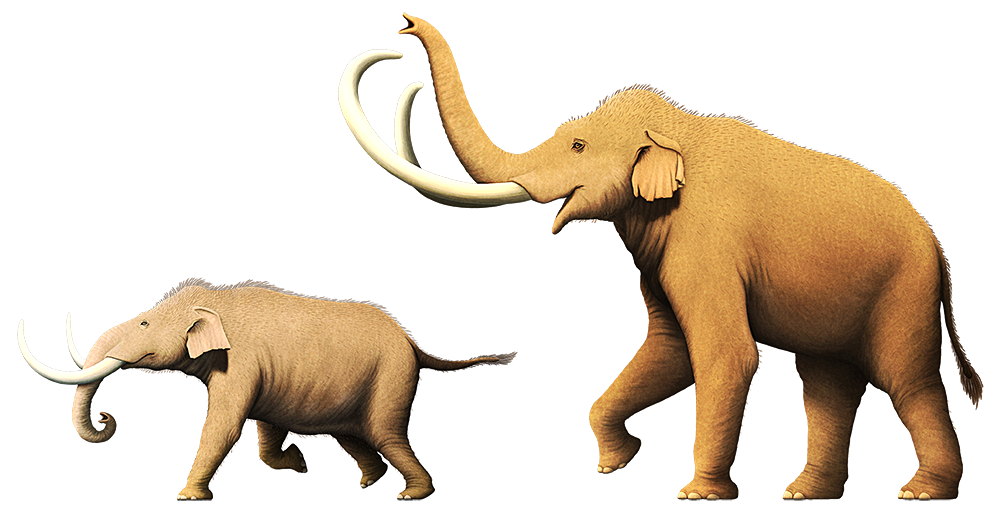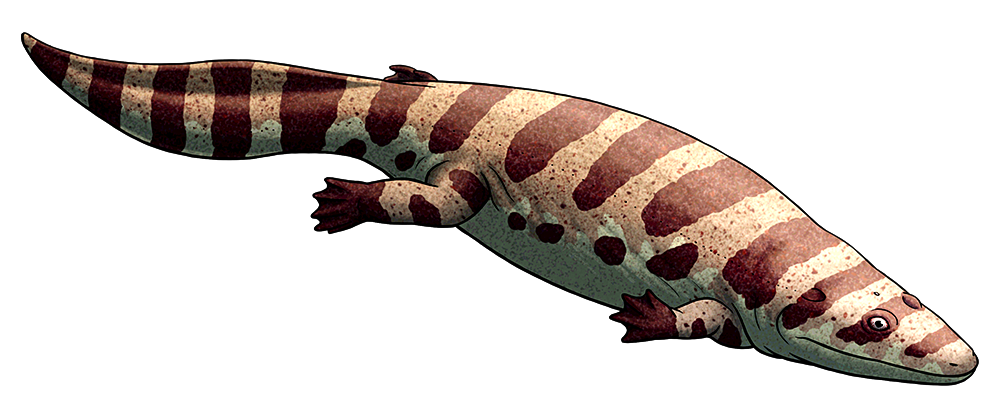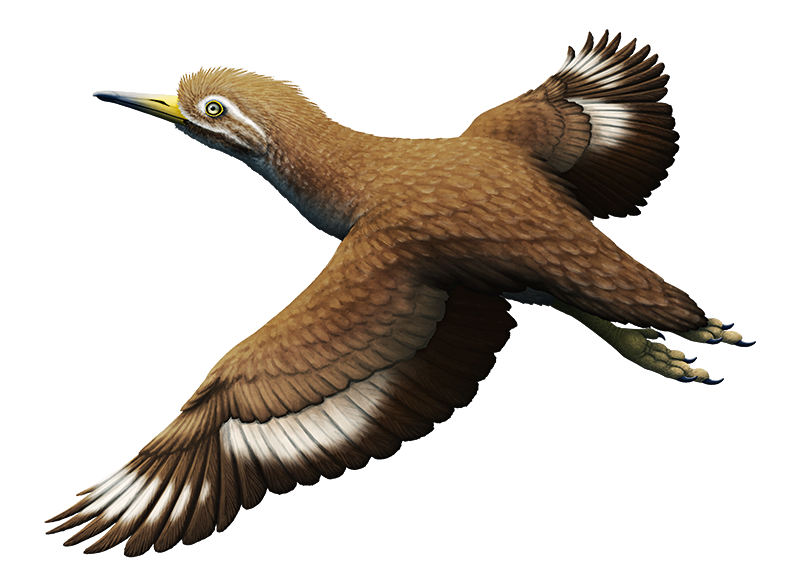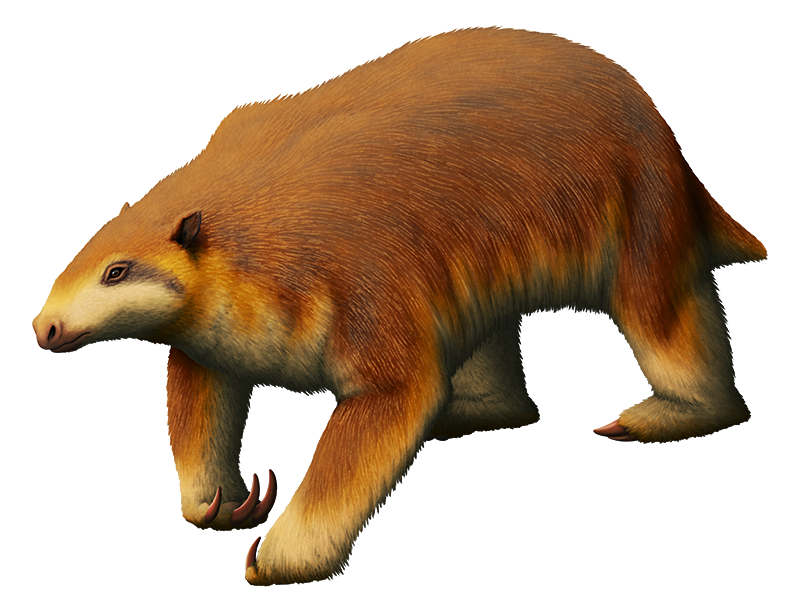And speaking of island elephants, I recently illustrated some for PBS Eons’ episode on the California Channel Island pygmy mammoths:
Galleries
Eons Roundup
This year I’ve been lucky enough to have some of my work featured in several PBS Eons videos – and I even recently got the opportunity to do some custom images for them! Since I didn’t show any of these off at the time, here they are now:
The basal temnospondyl amphibian Iberospondylus, from “When Giant Amphibians Reigned”
https://www.youtube.com/watch?v=rGthtRZl8B0
The flying paleognath bird Lithornis, from “When Birds Stopped Flying”
https://www.youtube.com/watch?v=M3h05ajJw0o
The ground sloth Nematherium, from “How Sloths Went From the Seas to the Trees”
https://www.youtube.com/watch?v=pt9tBtQoAHo
Happy new year, everybody!
Unsolved Paleo Mysteries Month #05 – Confusing Chitinozoans
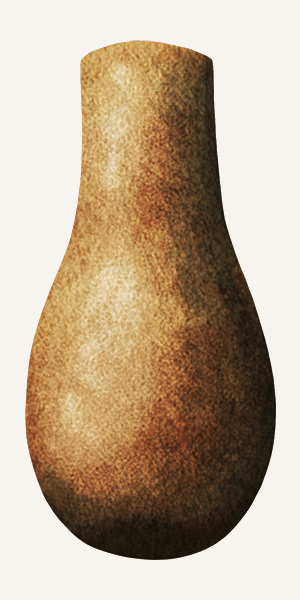
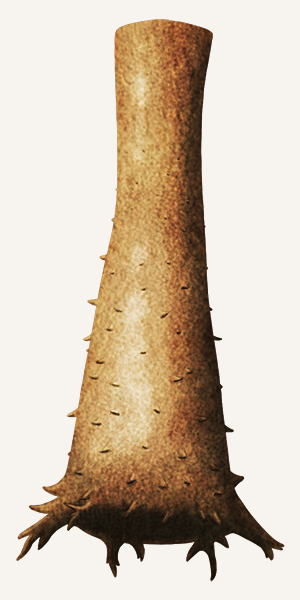
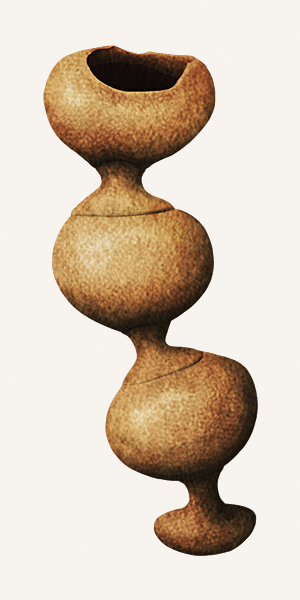
Chitinozoans are tiny microfossils (50-2000µm in size) commonly found in marine deposits all around the world between the end of the Cambrian and the start of the Carboniferous (~489-358 mya). Often described as “flask-shaped”, they have a variety of external ornamentation, are sometimes found in linked chains, and are important as Paleozoic index fossils.
But we don’t know what sort of organism actually made them.
They’ve been proposed to originate from a wide range of creatures, but currently the main hypothesis seems to be that they were the egg cases of certain marine animals – such as annelid worms, polychaete worms, molluscs, or even conodonts. Or possibly they might be immature graptolites. Or relatives of living ciliates. So far, though, no single identification seems to have gained any widespread acceptance.
[Edit: As of 2020, some exceptionally well-preserved chitinozoan specimens suggest these organisms were actually protists.]

